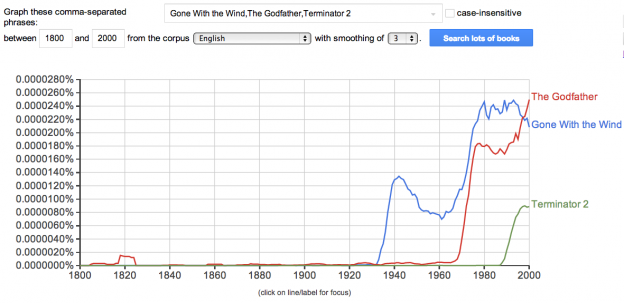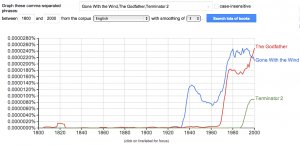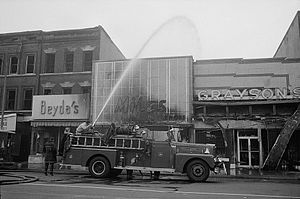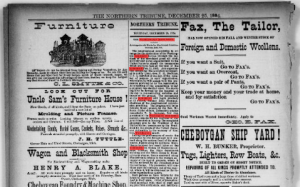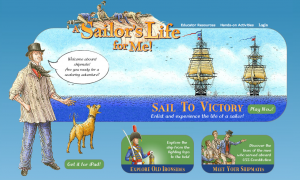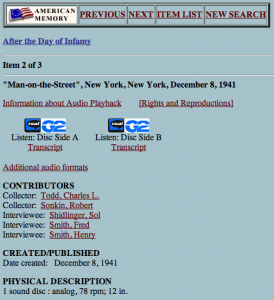Based on our readings for the week as well as what was covered in class, I have come to the conclusion that my online activities are far from secure.
I do most of my browsing on traditional browsers like google, and seldom use more protected and anonymous browsers like Tor Browser. Also of note was something that struck me particularly hard after reading Dan Goodin’s article on the current state of password security. In the article, Goodin explains that the average internet user of today has in the neighborhood of 25 online accounts, but only 6.5 passwords on average. I myself have probably many more than 25 accounts, with many duplicate passwords among them. This is particularly alarming when the article goes on to describe events such as Gawker’s 2010 security breech which exposed the passwords of 1.3 million users.
As far as the NSA’s supposed collection of my metadata goes, I’m really not sure what could be garnered from my browsing habits. Being that metadata is said to only provide information based on tags, common words, and online activities as opposed to specific content someone is viewing, I would imagine my monotonous use of school sites and forums like Reddit offers little useful information.
As far as recent progress I’ve made in the way of finding info for my final project goes, I have yet to have made any major advancements. I want to find a way to tie a historical chart from www.handsomeatlas.com to my topic of urban renewal in mid 20th century Washington DC, but since these sources only come from the late 1800’s it’s somewhat difficult. Obviously I could find more recent sources on some alternate site, but I want to try to add as much historical background to my topic as possible. I’ve been trying to think more outside of the box due to this minor impasse, so what I’ve started doing is looking at sources like this to try to pick out more racially-rooted trends in Washington DC prior to the 1950’s. I think if I look hard enough I should be able to get a good amount of statistical information on the niche topic of racial trends in Washington DC prior to the 1950’s.
